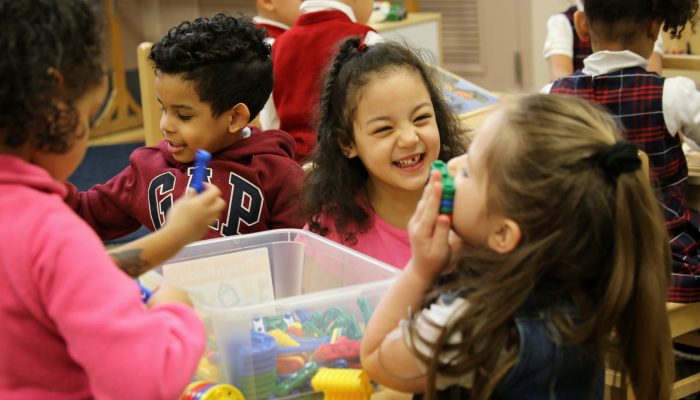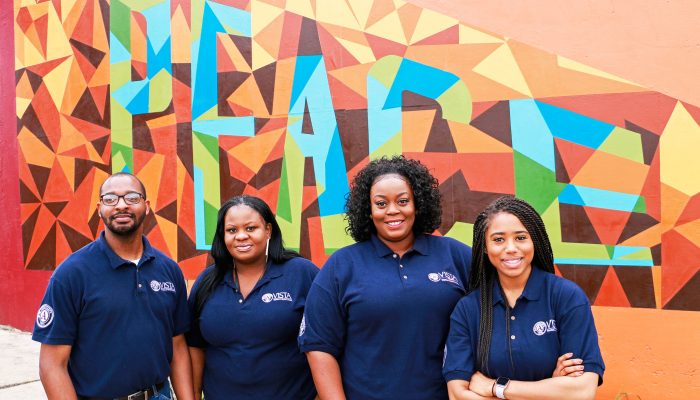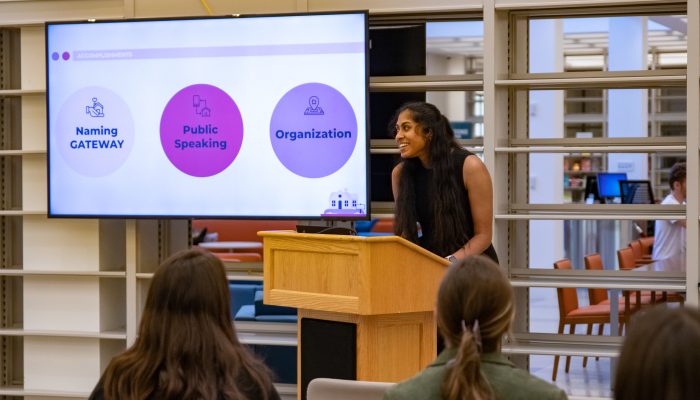In 2021, the City of Philadelphia made investments and used human-centered design methods to help as many families claim the new Child Tax Credit as possible.
As part of the American Rescue Plan, the Biden administration expanded the Child Tax Credit, delivering the largest investment in children and families in a generation. This new program provided families at least $250 dollars per child per month, regardless of whether they had earned money by working in the past year. This important expansion of the Child Tax Credit was estimated to cut child poverty by 40 percent.
For many families to get this money, they needed to file their taxes or provide their information to the Internal Revenue Service (IRS). The City of Philadelphia funded outreach campaigns and free tax preparation assistance services to connect families to these resources. The Campaign for Working Families and Ceiba were two important community partners providing free tax assistance across the city.
To make the most of these investments in outreach and tax preparation services, the Mayor’s Policy Office, the Office of Community Empowerment and Opportunity, and the PHL Service Design Studio partnered with a non-profit organization called the Public Policy Lab(PPL), a design and innovation lab for government, to conduct human-centered design and research. The goal of this collaboration was to deeply understand how families in Philadelphia were learning about and accessing the Child Tax Credit in order to improve service delivery.
PPL conducted interviews about claiming the Child Tax Credit with residents to hear about their experience in their own words. These design experts also talked to program staff and subject matter experts to identify opportunities to improve the service experience.
So what did we learn about what works?
Community-based organizations are critical and trusted partners
PPL identified the importance of community-based organizations in delivering information and services to residents. It was often their trust—or the trust of a friend or family member shared through word-of-mouth—or pre-existing knowledge of the partner groups that got them in the door. These organizations also serve the cultural and language needs of their communities.
Targeted outreach can help build awareness and bust myths about the CTC
Direct outreach to individuals in need of support can give them clear information on the steps they need to take. Personalized and consistent information can also help people overcome skepticism or other barriers to taking action. Hearing about the CTC from a variety of sources, including the news media, community groups, websites, and direct outreach, made families more confident that the information was true.
Residents need multiple pathways to get help claiming the CTC
Different people need different levels of support claiming the CTC, and having different models of service available (including in-person, phone, virtual, or drop-off) maximizes a tax filer’s ability to find an option that works for them. Timely and specialized troubleshooting support can help get people over the finish line.
With the start of the 2022 tax season, the City will incorporate lessons learned from this human-centered design research into our ongoing outreach efforts and investments in our community partners. We will continue to work to ensure all Philadelphia families receive the CTC and any other tax benefits they are eligible for.




